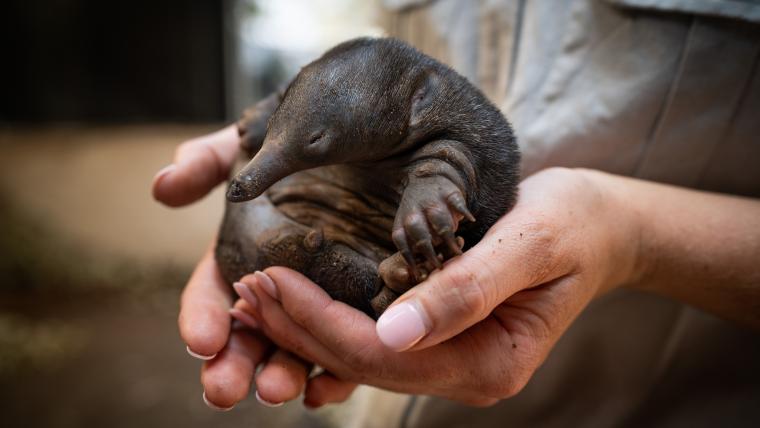
Love trains and a single egg: How a puggle is born
Curled in a burrow beneath the earth lives an unusual being. They resemble a mixture of an anteater and a platypus without any hair – the puggle. Puggles are the babies of echidnas, and inhabit forests and deserts in Australia and New Guinea. Echidnas are one of only two mammals in the world who lay eggs. But their quirks don’t end there.
When breeding time comes, echidnas form love trains for the female to pick out her suitor. Potential mates of up to 10 males will follow the female around until one gets lucky. Digging a bracket of safety in the soil, the mother will lay a single egg in her pouch. Ten days later, a puggle is born. Weighing as little as 250 grams, young remain in the pocket for two months. When their spikes begin to harden and poke into their mother’s tummy, they relocate into the burrow. Mothers then continue to feed their puggle every three to six days. They don’t have nipples and rather sate their offspring’s hunger with special milk glands in their pouch.
Difficult to breed in captivity, echidnas are poached to support the growing illegal wildlife trade. Traffickers often claim that their supply is captive bred, but many are stolen from the wild. Today, two out of four echidna species are critically endangered. To protect these creatures, we need to allow them to roam safely in their natural habitat.
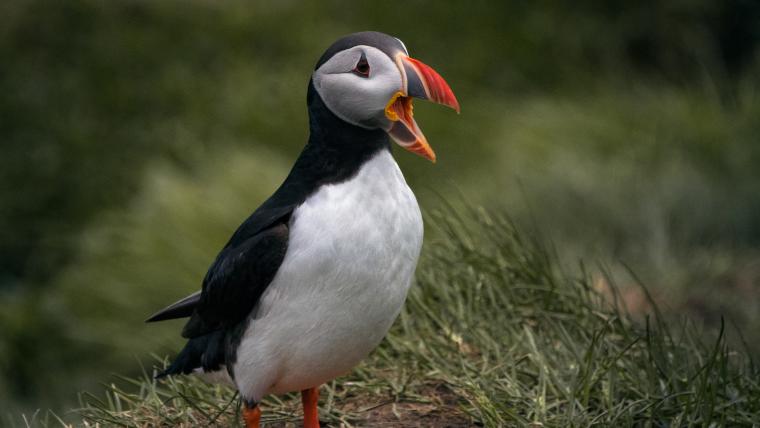
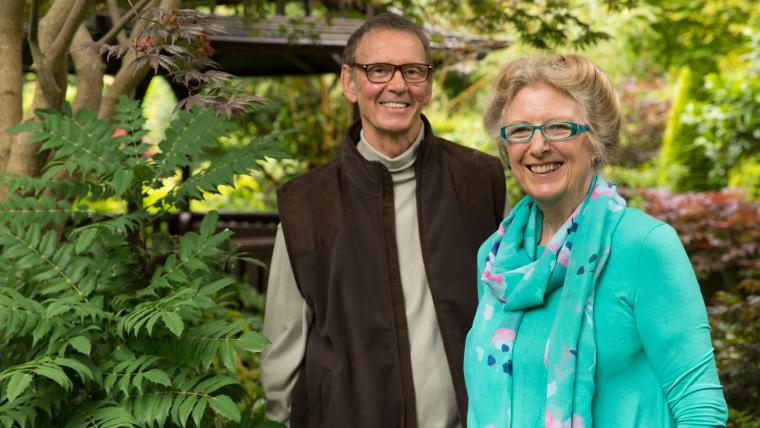
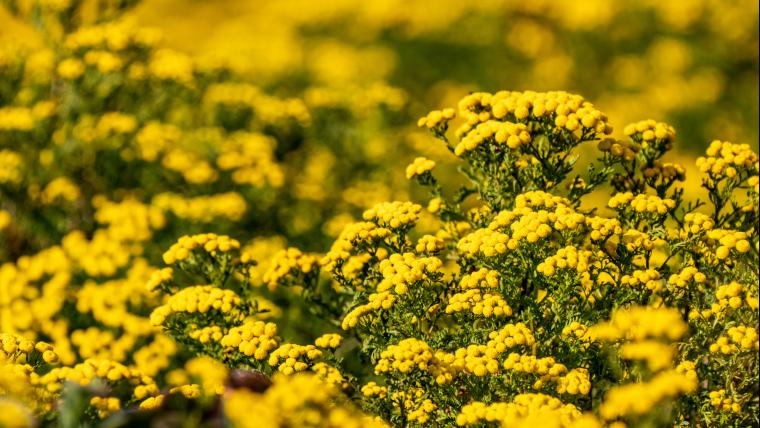
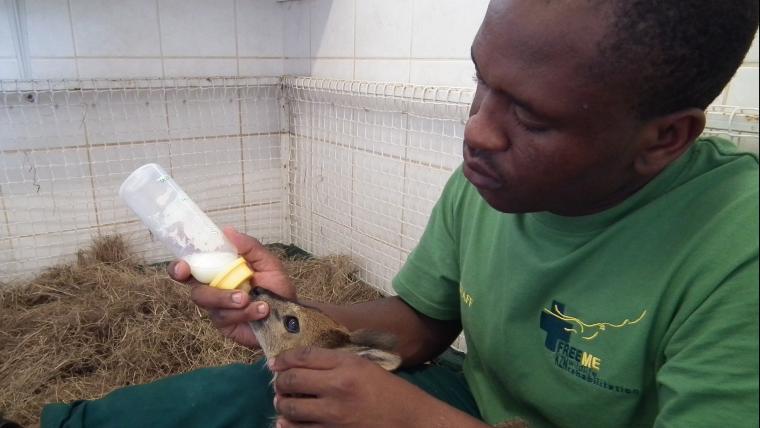
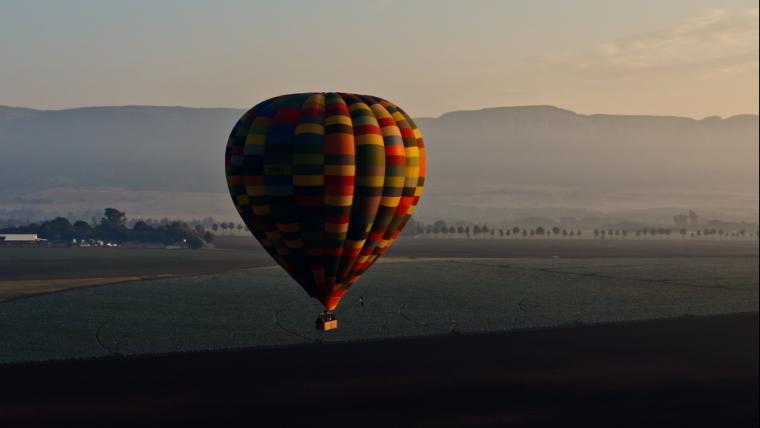
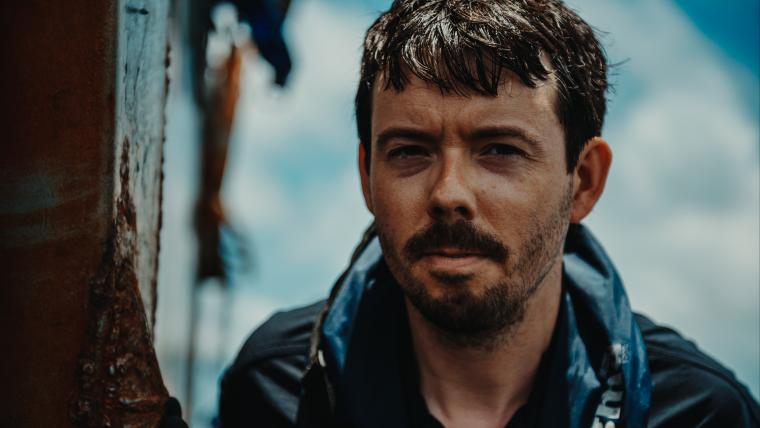
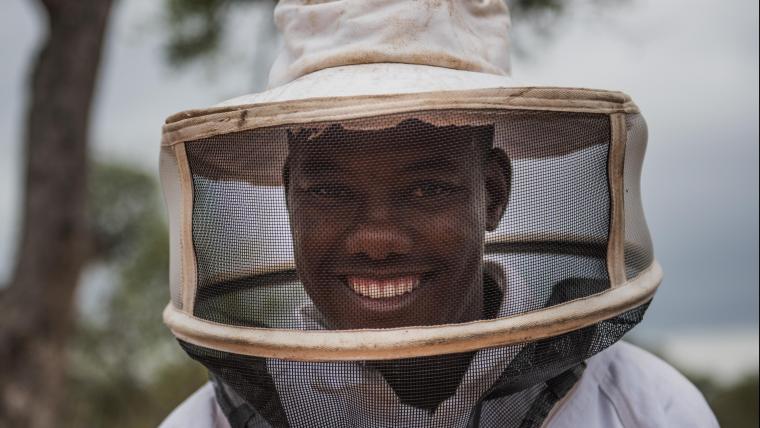
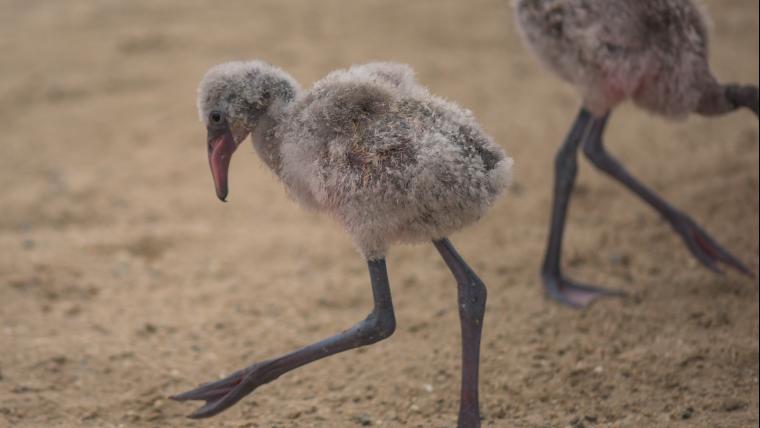
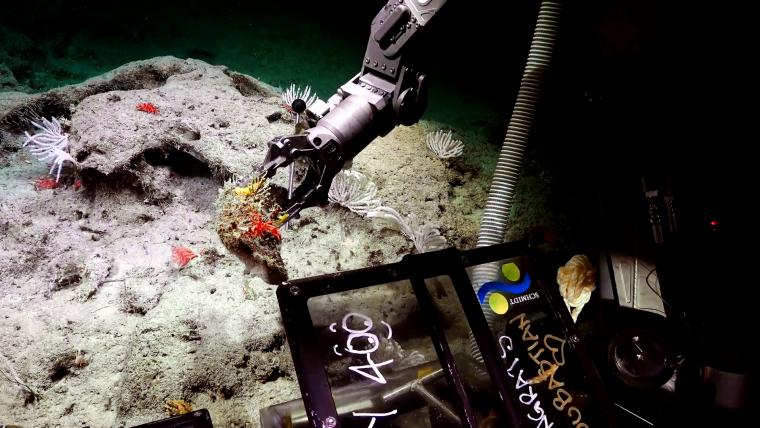
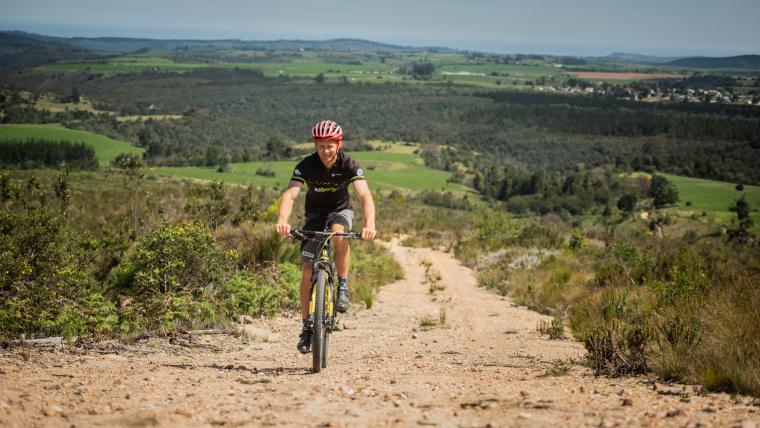




















Please sign in to leave a comment